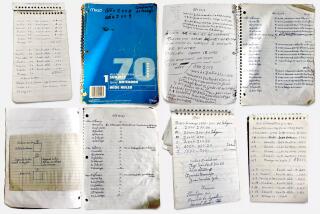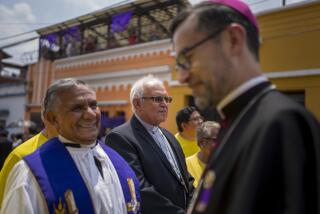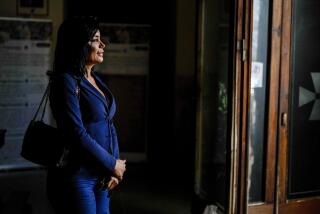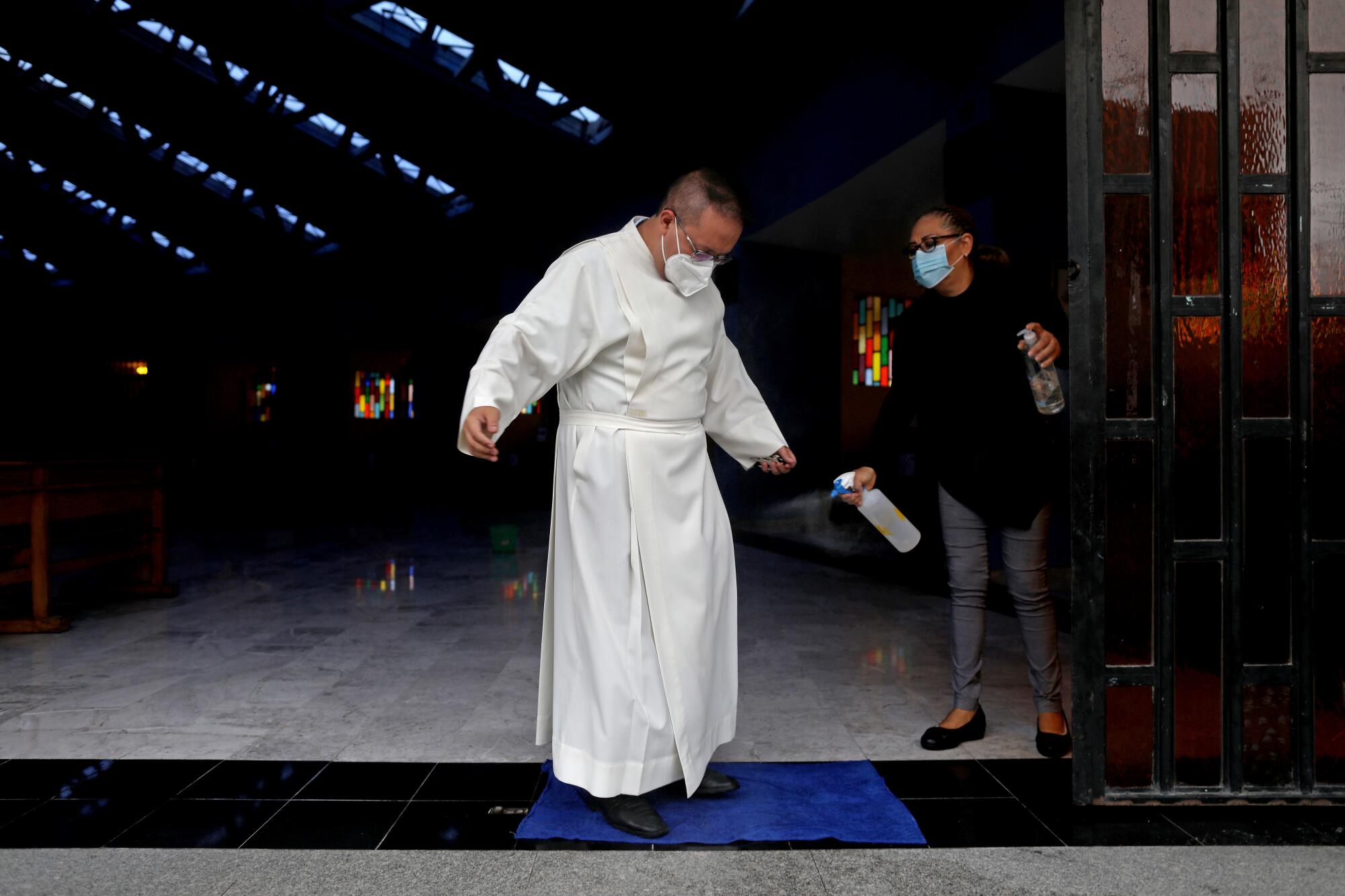
- Share via
CIUDAD NEZAHUALCÓYOTL, Mexico — The priests of Nezahualcóyotl died in quick succession.
Father Antonino. Father Álvaro. Father Juan. Father Gustavo.
The loss of four spiritual brothers — plus a beloved deacon — over five weeks last spring was almost too much to bear for Julio César Ponce, the youngest priest in the Catholic diocese in this working-class city of 3 million just east of Mexico’s capital.
He wept alone in his small apartment, thinking about how the men had died in isolation, without even receiving their last rites.
“We couldn’t be with them in their ultimate moment,” Ponce recalled. “We prayed for them, but we couldn’t accompany them.”
He thought about Gustavo, who had been his professor and mentor in seminary, who often told his pupils, “Being a priest means being close to the people.”
But what did that guidance mean during a pandemic, when being together had proved fatal?
The priests were dying because they had continued with their duties, baptizing babies, hearing confession and praying with the sick.
“There was a lot we didn’t know about how the virus spread,” Ponce said. “So we continued doing things that were very natural for us.”
In May, as the priests were dying, Ponce turned 30.
It had been less than two years since he was ordained, and he felt a heavy weight of responsibility.
Even before the pandemic, Catholic priests had been dying much faster than new ones were being trained. Ponce knew the church couldn’t afford to lose more. In his diocese, only seven of the remaining 106 priests were younger than 40.
But he knew, too, that the community needed spiritual comfort more than ever.
Kneeling to pray, Ponce asked God for answers: “How can we protect ourselves but also be present?”
::
Nezahualcóyotl started out in the 1940s as a patchwork of dusty informal settlements forged by peasants who had come to Mexico City to work in factories but couldn’t afford to live there.
People from Oaxaca, Durango and Michoacán ate different foods and wore different clothes, but they found community through the Catholic Church.
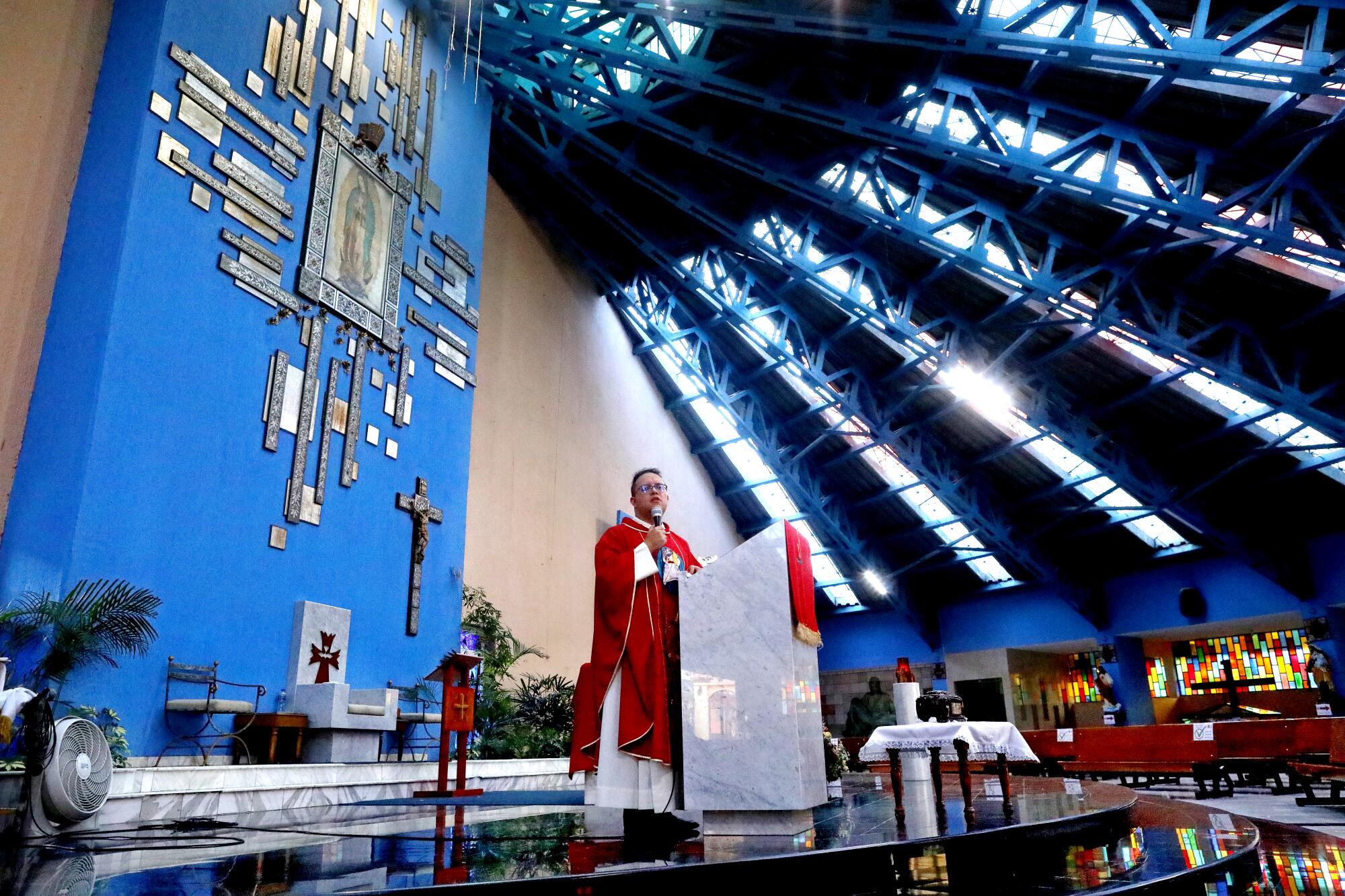
Growing up just outside the city, Ponce didn’t think a lot about religion.
The son of a chauffeur and a homemaker, he loved the internet and DC Comics and dreamed of a career in computers. But he drew close to the church as a teenager, when a local priest helped counsel his parents through marital difficulties.
He decided he wanted to have that kind of effect on people’s lives and at 18 joined the seminary in “Neza,” as it’s known.
Seven of the nine in his class would eventually drop out, but Ponce was enchanted by Scripture and a generation of older priests who demonstrated what it meant to be a spiritual leader.
His favorite was Gustavo, an art history teacher who loved to paint. He often assured Ponce that he would go on to have a colorful life, just like the Roman general whose name he shared.
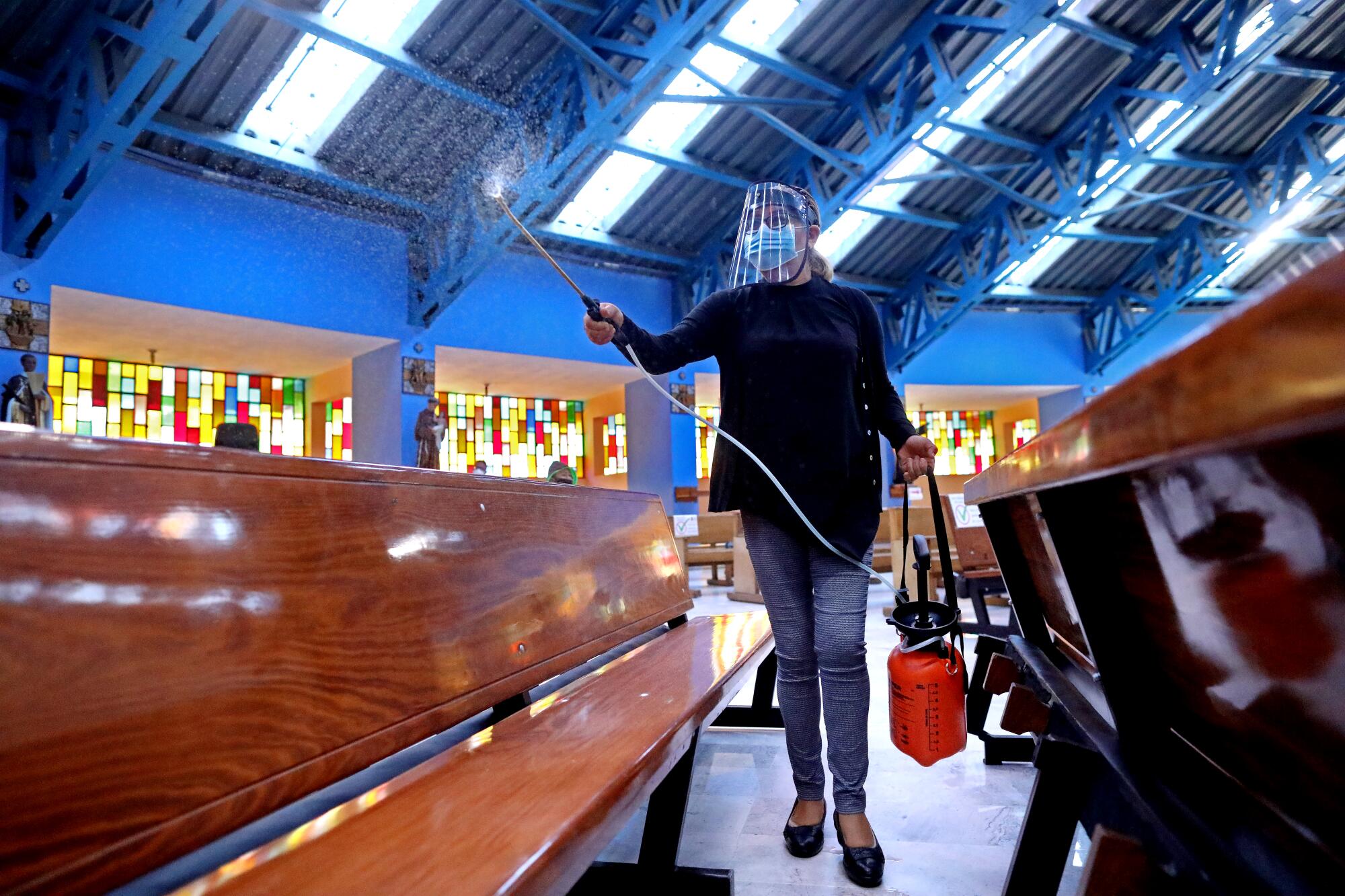
“Good, Julio César,” Gustavo told his pupil. “You’re destined to do big things.”
Now all four men were gone — among at least 135 priests across Mexico believed to have died of COVID-19 — and it was up to Ponce to carry on.
::
As he mulled over how to maintain contact with the community from a safe distance, Ponce turned to technology.
He had studied computer programming in high school and as a seminarian had designed a website for the diocese. He began uploading more content, mostly snippets of biblical verse, onto his Facebook and Instagram pages, and he started a podcast in which he discussed spiritual topics.
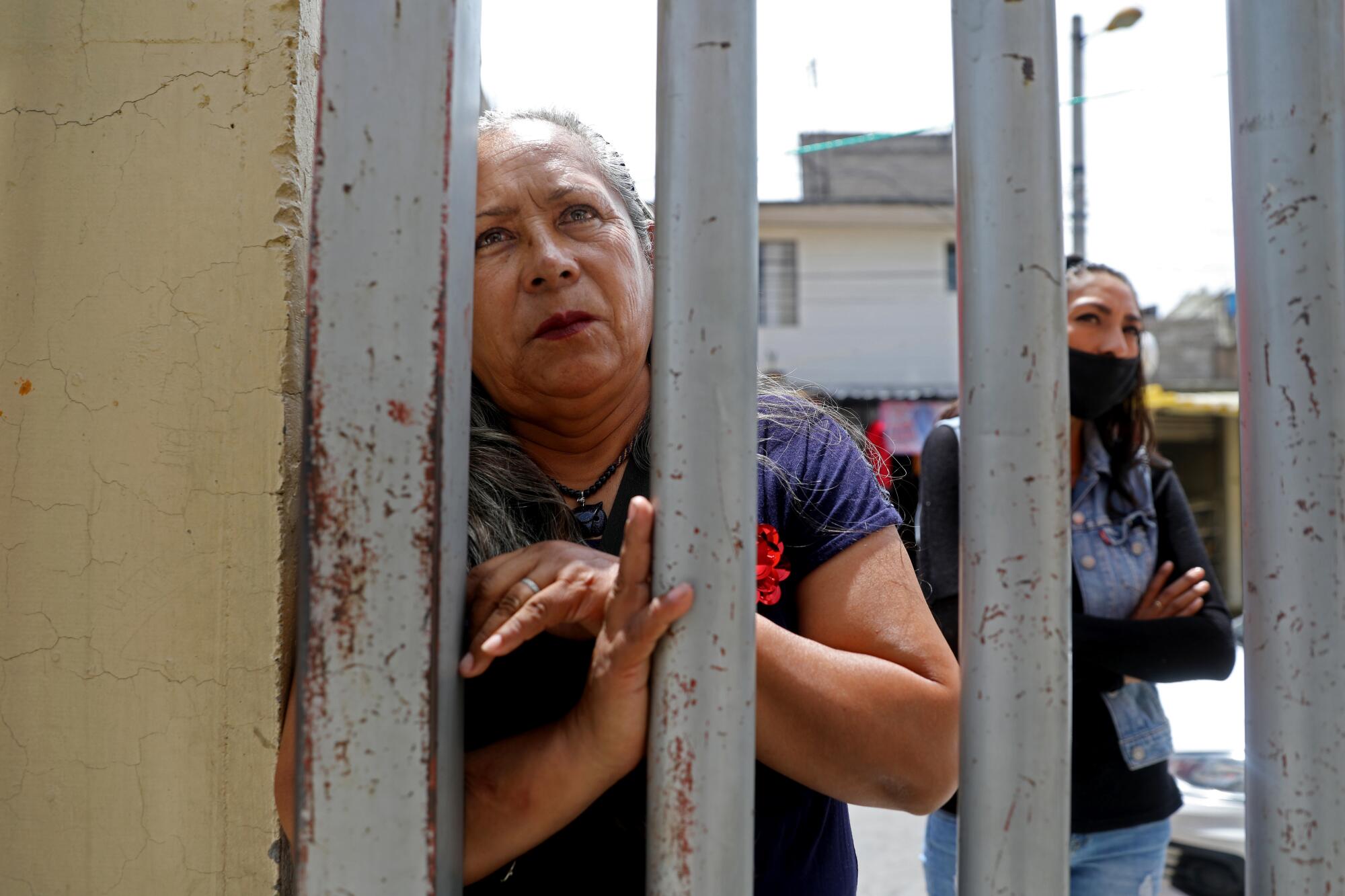
Ponce invited the children enrolled in catechism at his church to discuss their coursework over video chat. When families in the neighborhood reached out, asking him to come pray for a relative sick with COVID-19, they used WhatsApp video.
His parish — Our Lady of Guadalupe, in the heart of the city’s downtown shopping district — remained open to worshipers but allowed just one person per pew. Each Sunday, Ponce set his iPad on a tripod and began a live broadcast for those at home.
Since the pandemic struck, liturgists around the world have debated whether online Mass and other Catholic rituals are an adequate substitute for the real thing.
Is it possible for worshipers to engage in “full, conscious and active participation” — as leaders of the church dictated at the Second Vatican Council — when they are simply watching a ceremony on a screen?
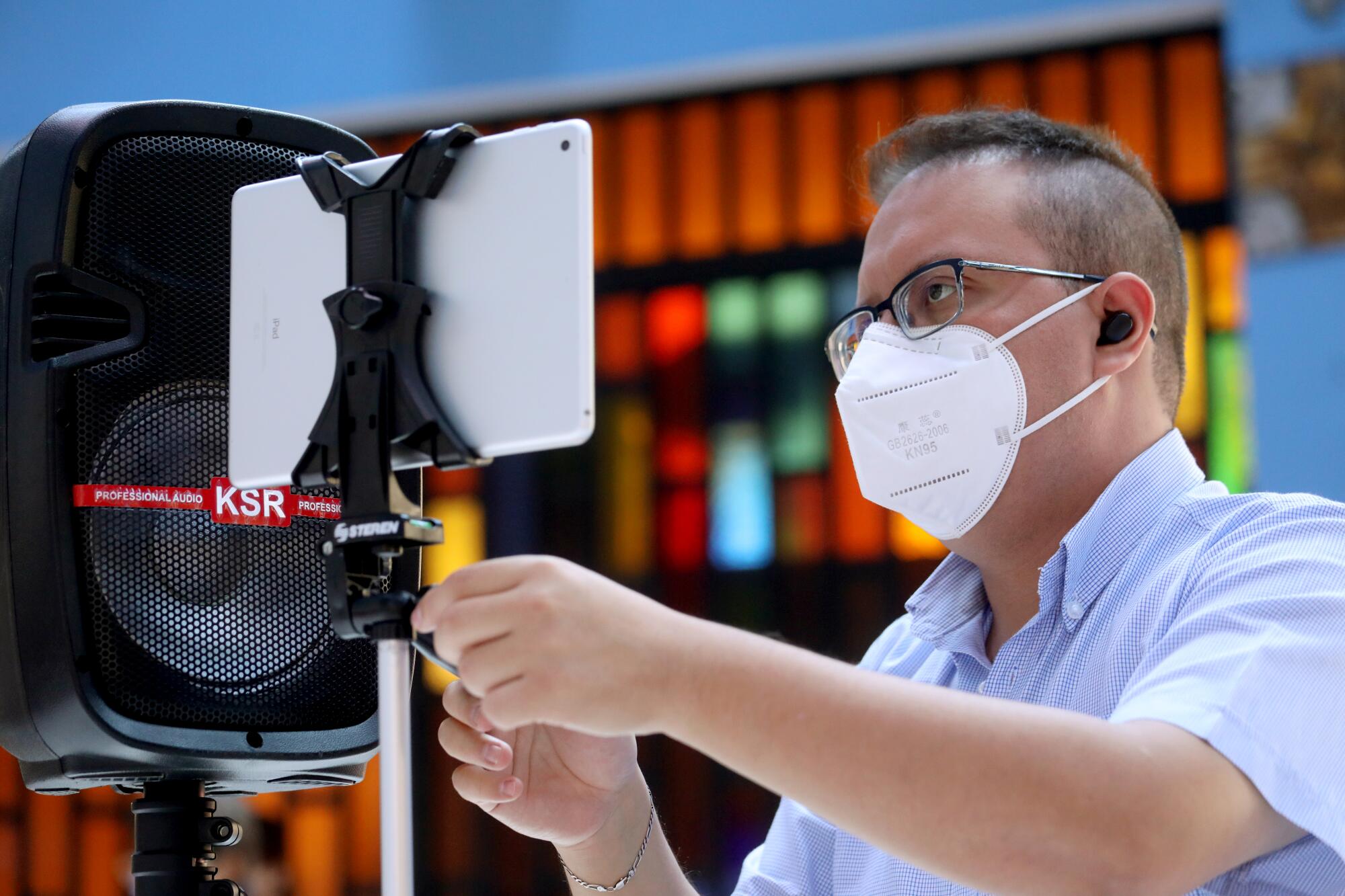
Ponce took his cues from Pope Francis, who began streaming his morning Mass after the Italian government suspended religious gatherings there last spring.
Ponce’s livestreams have been far-reaching, watched by migrants from Neza in cities such as Chicago and Anaheim. As Mass begins, friends and family members who haven’t seen each other because of the pandemic greet each other in the comments section.
Ponce said even some priests “who once thought of the internet as a dark place” have approached him for technological help.
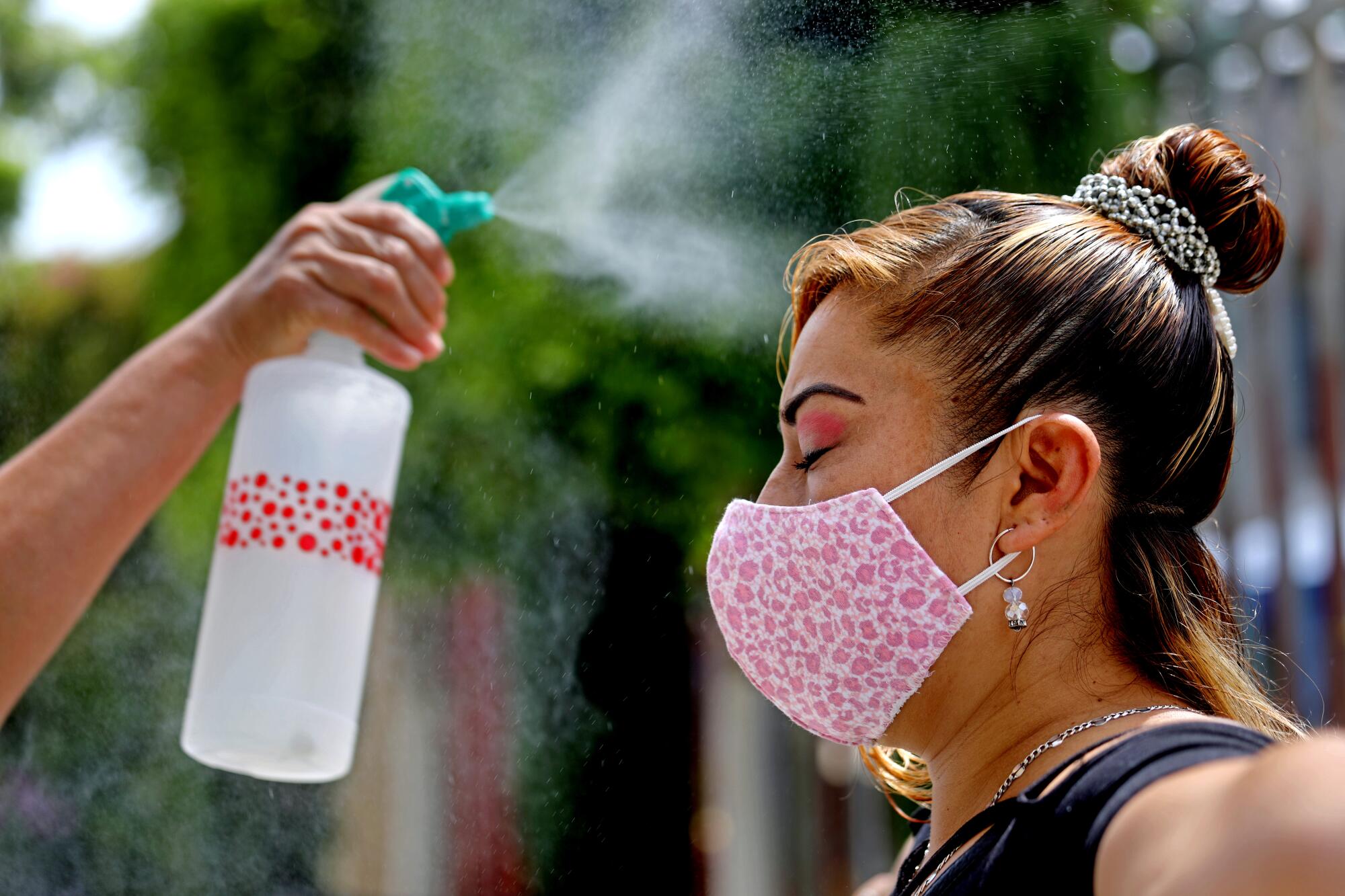
“What do I need to set up a transmission in my parish?” one recently asked.
The bishop in Neza, Msgr. Héctor Luis Morales Sánchez, saw what Ponce was doing and appointed him head of communications for the diocese in August, asking him to help the rest of the priests put their ministries online.
Soon after, Ponce invited his colleagues to gather for a Zoom meeting.
There was a screech of feedback as one priest struggled to mute his microphone, and some awkward waiting as another scrambled to point his camera toward his face rather than the painting of the Last Supper on the wall behind him. One priest appeared on the screen only as his avatar — a picture of Jesus.
After reciting a prayer and each making the sign of the cross, they began the session: “How To Evangelize on Social Media.”
“If we’re not on social media,” warned a 25-year-old consultant who had been invited, “we don’t exist.”
As he explained the ins and outs of Instagram, Twitter and TikTok, the priests, many of whom were in their 60s and 70s, scribbled notes.
::
For all of Ponce’s success in moving his church’s work online, there were drawbacks.
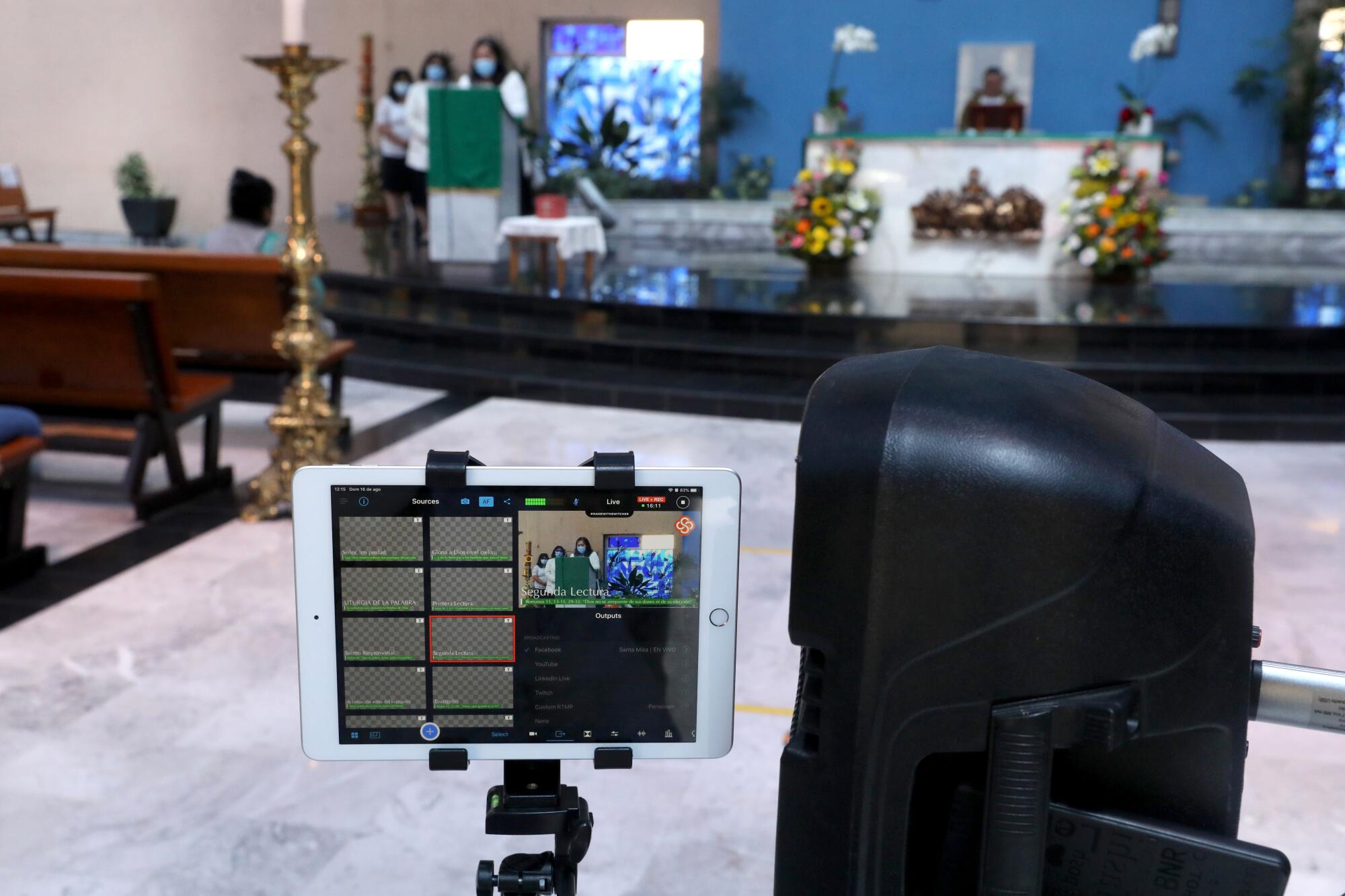
Fewer in-person rituals meant fewer people dropping alms in the collection basket, which priests depended on to pay bills and buy groceries. Ponce’s parish was running out of money.
His family wasn’t in a position to help. Like millions across Mexico, Ponce’s father had lost his job. His mother had started selling food out of their house to help the family survive.
Over evening meals behind the church, Ponce and the other priest in his parish, Gerardo Sarabia, brainstormed ways to raise money.
“What about a raffle?” asked Sarabia.
“We should sell something real, with actual value,” Ponce replied.
An idea came to him, inspired by his mother and Gustavo, who had sold his paintings to raise money for the church.
“How about sweet bread?” Ponce asked.
Soon, the two priests had a business. Church volunteers helped them bake the bread, then the priests would deliver it, collecting $5 a loaf. They later expanded, selling pozole and tamales after evening Mass.
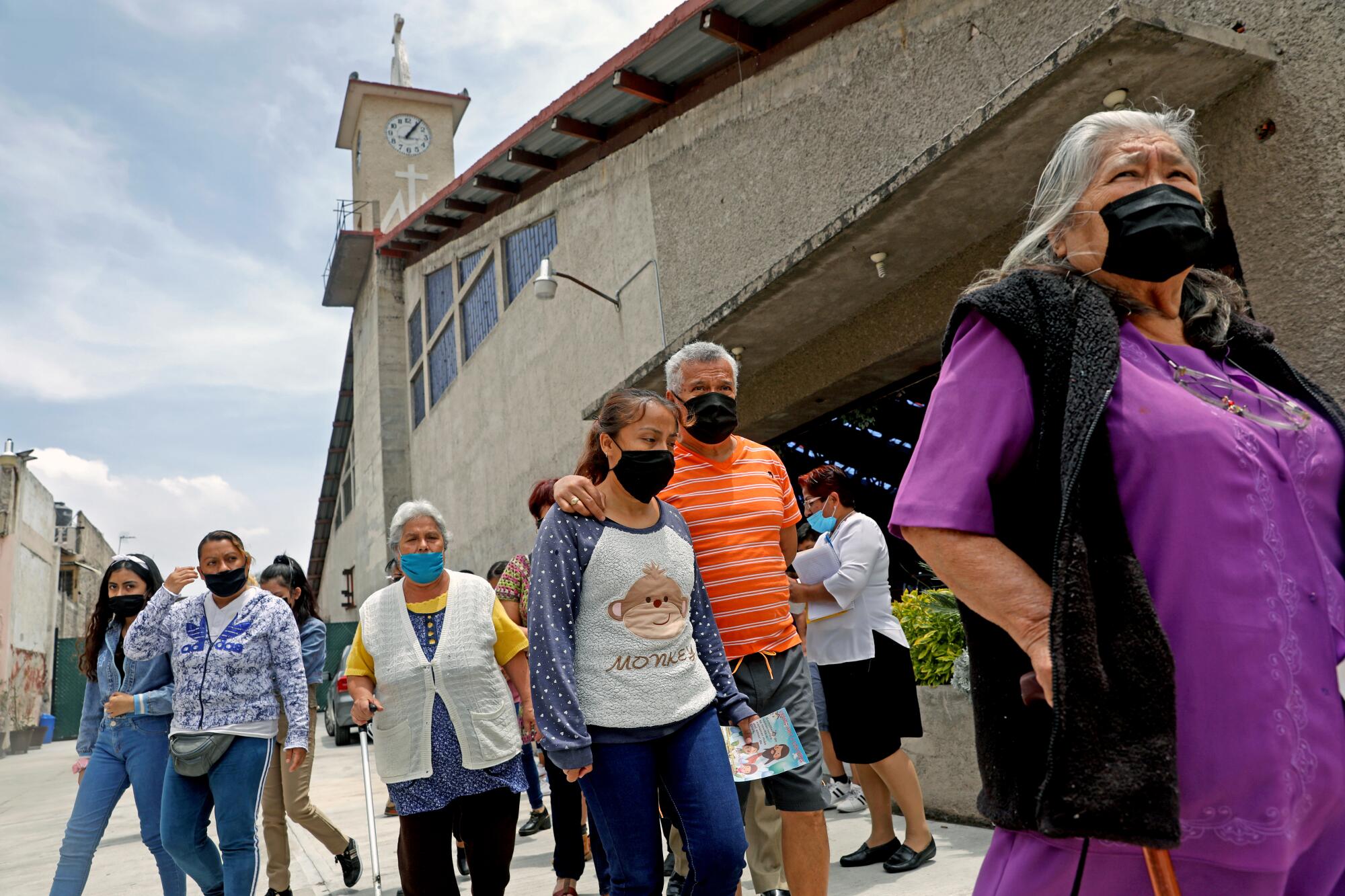
The year would call for other forms of creative thinking.
Each Dec. 12, the feast day for the Virgin of Guadalupe, the neighborhood would celebrate by gathering by the thousands in the street for a blessing, followed by a festival.
But that now seemed too dangerous. Besides, there wasn’t enough money to rent folding chairs and buy food.
Ponce thought about ways to put the festival online, but he and Sarabia ended up with a different solution. They would take the festival directly to the people.
Each night for three weeks, they donned surgical masks and walked the neighborhood, going house to house. Residents had been told when the priests would arrive on each block, so many were waiting in their doorways for blessings — from a distance.
It was the first time Ponce had seen many of his parishioners since the pandemic began.
One family was dressed up in its Sunday best. They sang “Las Mañanitas,” the Mexican birthday serenade, as is custom on the virgin’s feast day.

At another house, a chef who had lost work held up a photograph of him with Pope John Paul II so Ponce could bless it. The man proudly said he had cooked a meal for the pope during the pontiff’s trip to Mexico in 1990.
Then there was the family that stood in front of its home, each member holding a cellphone. They told Ponce that since the pandemic began, they had united with relatives in other parts of Mexico once a week over video chat to recite the rosary and to ask God to bless those who were sick with COVID-19.
That night, Ponce prayed with them.
“It gave me hope,” Ponce recalled with a smile. “The church isn’t the only place for faith.”
::
Still, he missed the physical element of many Catholic rituals — from giving the wafer during Holy Communion to the spot of cinders on the forehead for Ash Wednesday.
“I feel a bit cold,” he said. “It’s still better to see people in person. It’s like somebody telling you that they’re sending hugs. It’s different from a real hug.”
And so, when he can be sure that it is safe, he sees some people up close.
On a recent weekday evening, as a thunderstorm gathered, Marcial Hernández, 53, paced outside Ponce’s church.
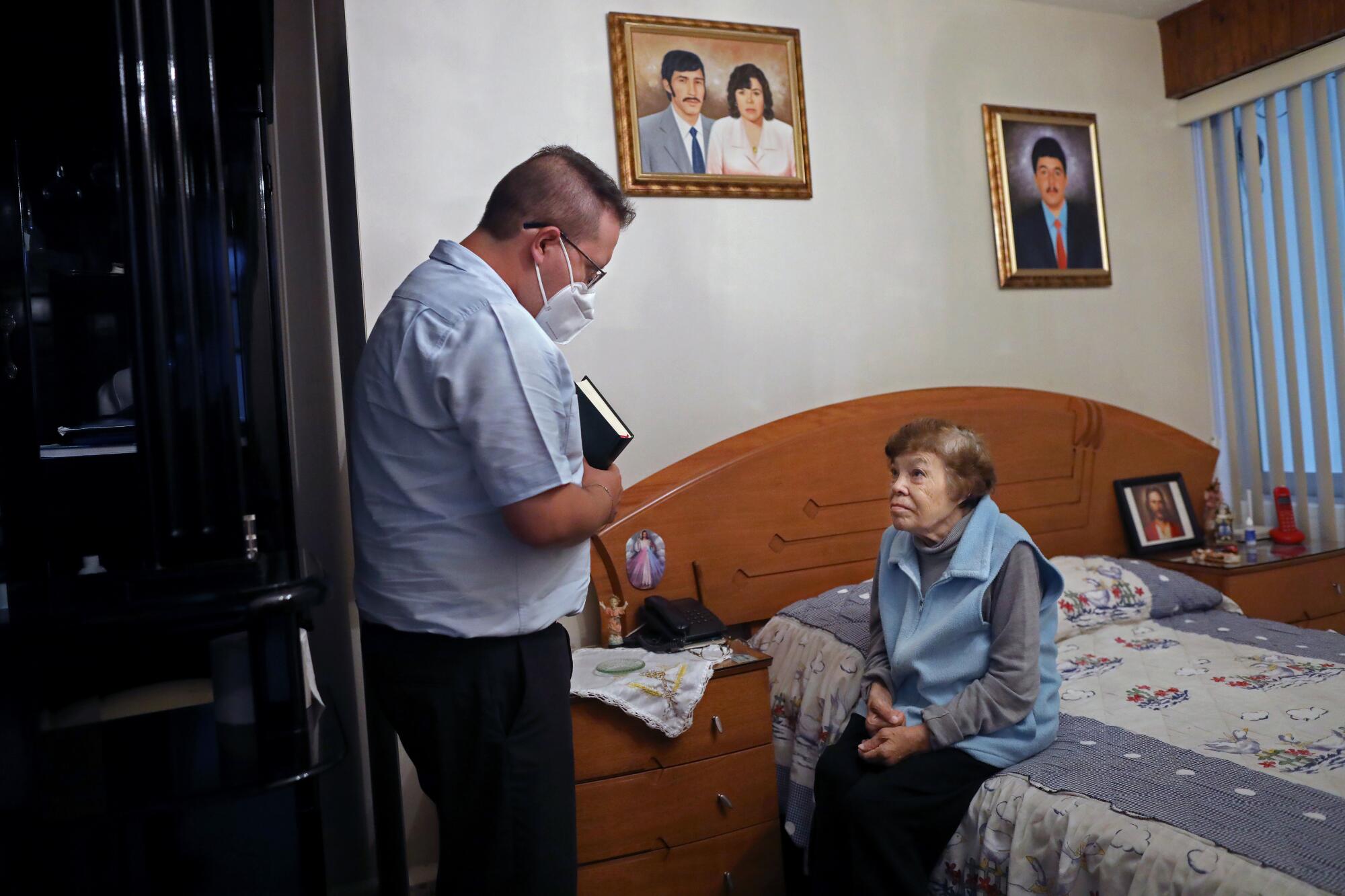
His mother was ill. She had told him she thought she was dying, and asked him to get a priest.
Ponce asked Hernández whether his mother had any symptoms of COVID-19.
Fever? No. Trouble breathing? No.
The woman had been ill long before the pandemic, Hernández explained.
And so Ponce went with him, jumping into Hernández’s sedan and speeding through the slick streets.
His mother, Guadalupe Patiño Velázquez, was waiting at the house. She sat on the edge of the bed, holding herself up with thin arms. Ponce approached her, his mask on. They did a short confession. It was her first in 20 years.
Then they prayed.
“Forgive our sins,” he said.
He took out a bottle of hand sanitizer and rubbed his palms together. Then he touched her forehead with the holy water. Tears rolled down her cheek.
Cecilia Sánchez of The Times’ Mexico City bureau contributed to this report.
More to Read
Sign up for Essential California
The most important California stories and recommendations in your inbox every morning.
You may occasionally receive promotional content from the Los Angeles Times.
